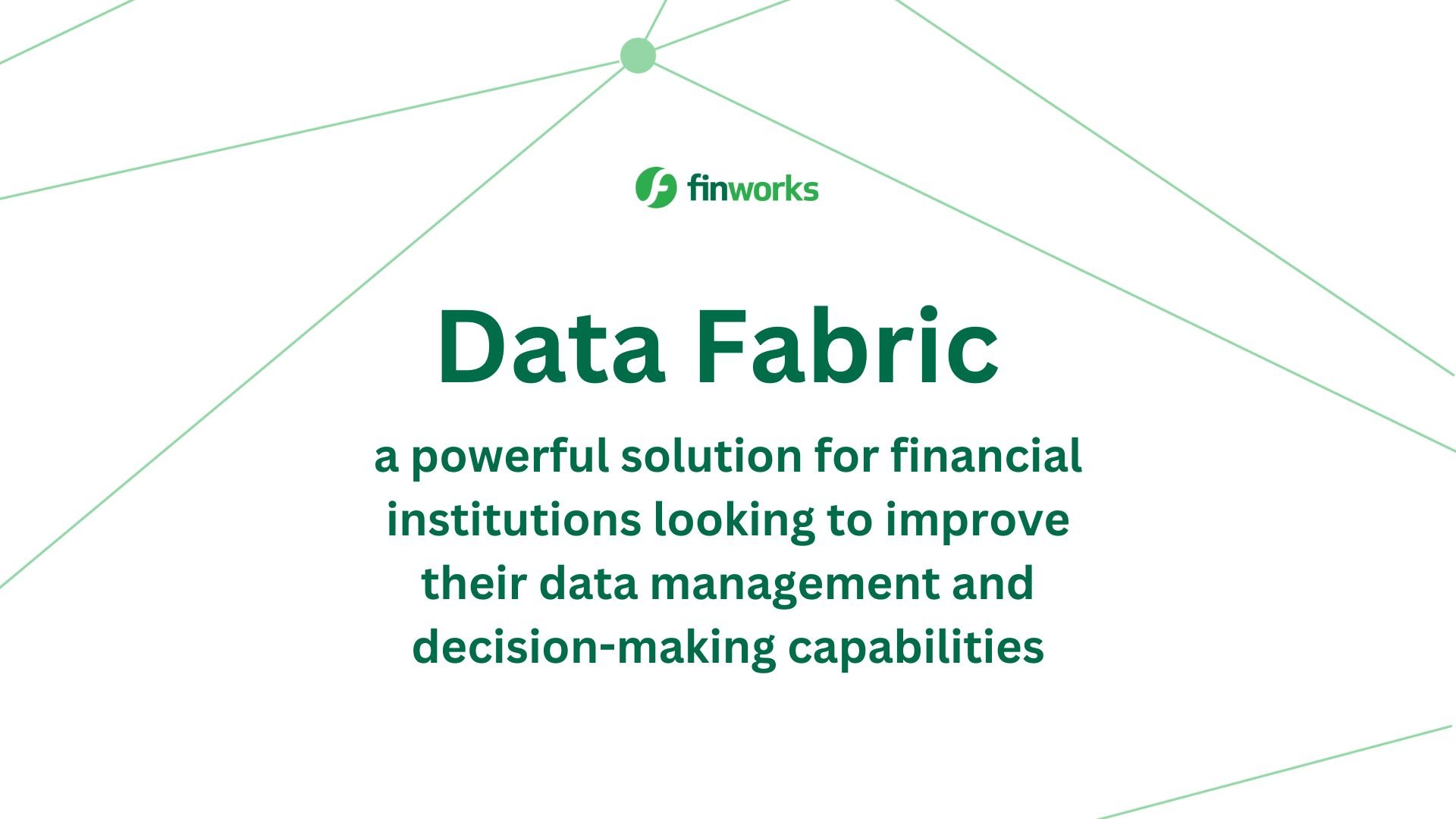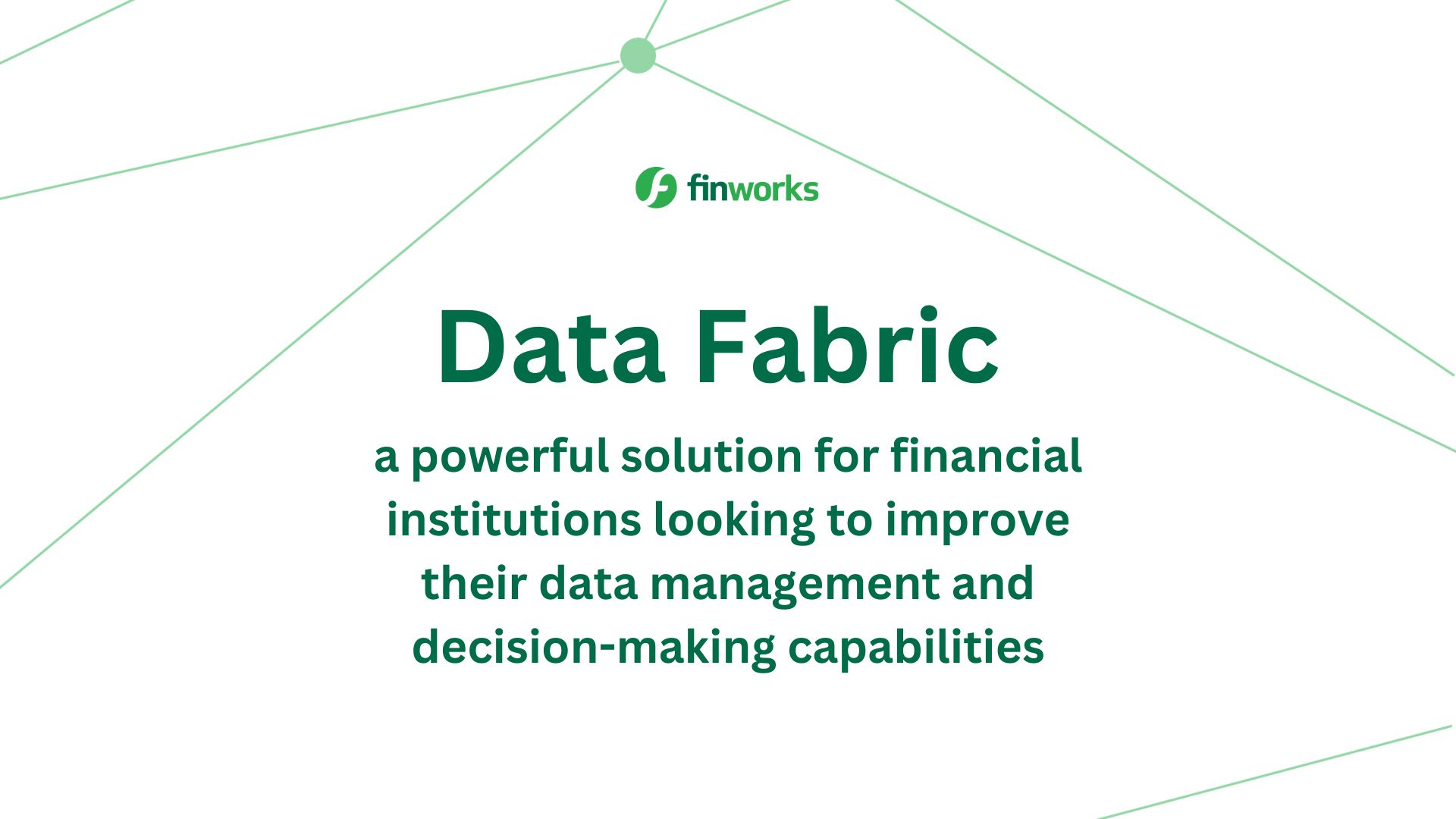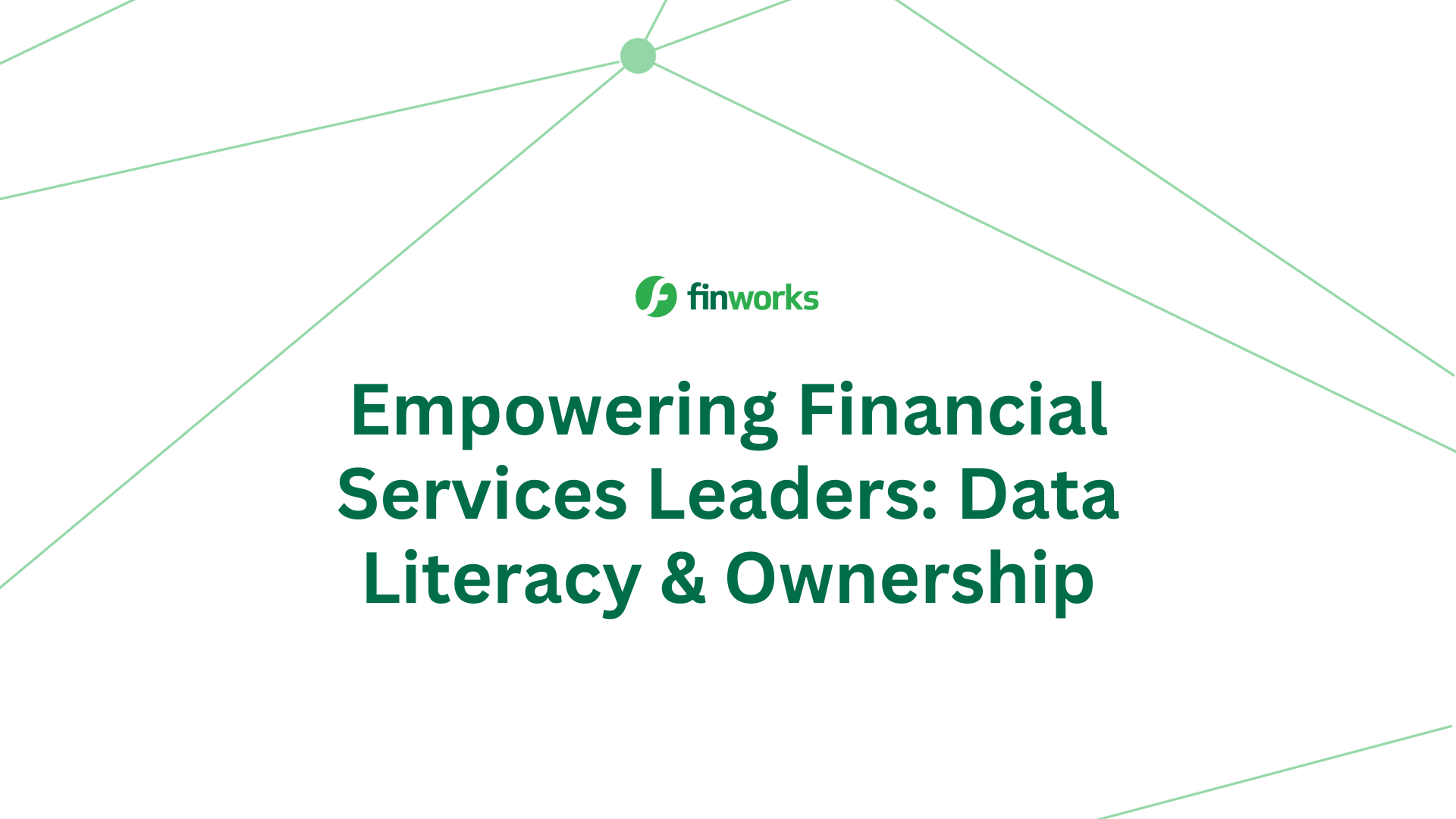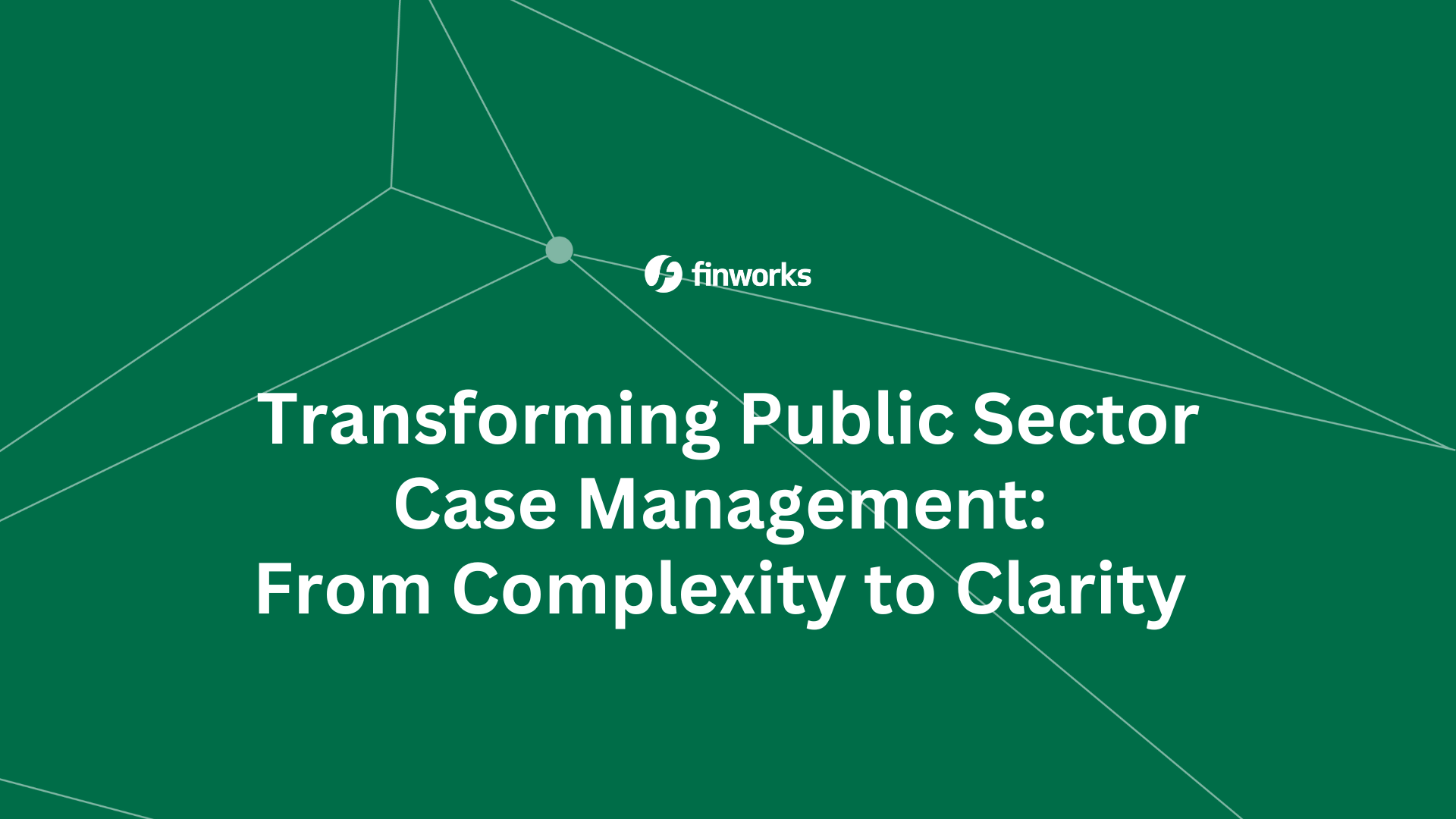Data Challenges in Financial Institutions with Data Fabric Technology
Data Fabric is a revolutionary new way of managing and integrating data across an enterprise. It is a flexible and scalable platform that enables organisations to easily connect, share and analyse data from multiple sources in real-time.
The data fabric approach can help organisations to manage their data more effectively, improve data quality and consistency, increase operational efficiency, and support data-driven decision-making. Data Fabric can help financial institutions improve their data management, enhance their decision-making capabilities and stay competitive in the financial industry.
Data Fabric can help financial institutions overcome several common data problems, including:
- Data Silos: Financial institutions often struggle with data silos, where data is fragmented and stored in multiple systems and databases. Data Fabric provides a centralised platform to connect and integrate data from various sources, breaking down these silos.
- Data Quality Issues: Inconsistent, inaccurate, and outdated data can lead to poor decision-making and regulatory compliance issues. Data Fabric provides centralised data management and data validation rules to ensure the quality and consistency of data across the organisation.
- Complex Data Integrations: Integrating data from different systems and databases can be a complex and time-consuming process for financial institutions. Data Fabric simplifies data integration, enabling financial institutions to connect, share and analyse data in real-time.
- Compliance Requirements: Financial institutions must adhere to strict regulatory requirements for data management, security and privacy. Data Fabric provides a secure and compliant platform for managing sensitive data, helping financial institutions meet these requirements.
- Time-to-Value: Financial institutions need to quickly access and analyse data to make informed decisions and respond to market changes. Data Fabric provides a fast and efficient way to consolidate data from multiple sources, providing financial institutions with real-time insights.
Data Fabric Provides Solutions for Financial Institutions
For financial institutions, a data fabric can help to manage the vast amounts of customer and transactional data generated by various systems and business units. This can include data from customer interactions, financial transactions, credit bureaus, and market data.
For example, a data fabric can be used to support the customer onboarding process by providing a centralised repository of customer information that can be accessed by multiple departments, such as compliance, risk management, and sales. This can help to improve the speed and accuracy of the onboarding process and reduce the risk of errors or fraud.
Additionally, a data fabric can be used to support the loan origination process by providing a unified view of customer data, credit history, and transaction data to support the underwriting and approval process. This can help financial institutions to make more informed lending decisions and improve the speed and efficiency of the loan origination process.
Furthermore, a data fabric can help financial institutions to manage regulatory requirements by providing a centralised platform for collecting, storing, and reporting data to regulatory agencies. This can help to reduce the risk of regulatory fines and improve the overall compliance posture of the institution.

Managing Data for Central Banking
In the context of central banking, a data fabric can help to consolidate and manage vast amounts of financial data generated by various sources within and outside the central bank. This can include data from commercial banks, government institutions, financial markets, and even social media.
A data fabric can provide a centralised platform for collecting, cleaning, storing, and analysing this data and make it accessible to various departments within the central bank, such as monetary policy, financial stability, and market operations.
For example, the data fabric can be used to monitor financial market conditions, track economic indicators, and support the development of monetary policy. The data fabric can also help the central bank to detect and respond to financial stability risks, such as systemic events or asset price bubbles, by providing real-time access to relevant data and analytics.
Additionally, a data fabric can help the central bank to implement effective risk management and fraud detection processes by providing a unified view of the data across multiple systems.
Consolidating Data for Fintech
In the context of fintech, a data fabric can help to manage the large and diverse amounts of financial data generated by various sources, such as financial institutions, government agencies, and customers. This can include data such as transaction history, account balances, credit scores, and investment portfolios.
For example, a data fabric can be used to support the development of personal finance management tools by providing a centralised platform for accessing and consolidating financial data from multiple sources. This can help fintech companies to provide customers with a comprehensive view of their financial situation and support them in making informed financial decisions.
Additionally, a data fabric can be used to support the development of AI-based advisory platforms by providing a unified view of market data, investment portfolios, and customer risk tolerance. This can help fintech companies to provide customers with personalised investment recommendations and improve the speed and accuracy of the investment process.
Furthermore, a data fabric can help fintech companies to manage regulatory requirements by providing a centralised platform for collecting, storing, and reporting data to regulatory agencies. This can help to reduce the risk of regulatory fines and improve the overall compliance posture of the fintech company.
Finworks Data Fabric
Finworks Data Fabric is a powerful solution for financial institutions looking to improve their data management and decision-making capabilities. By providing a centralised platform for managing and integrating data, Finworks Data Fabric breaks down data silos, ensures data quality, simplifies data integrations, and provides real-time access to data.
This helps financial institutions to stay competitive in an ever-evolving financial industry and make informed decisions based on a single source of truth for all their data. With Finworks Data Fabric, financial institutions can transform their data management processes and drive growth and success for years to come.




